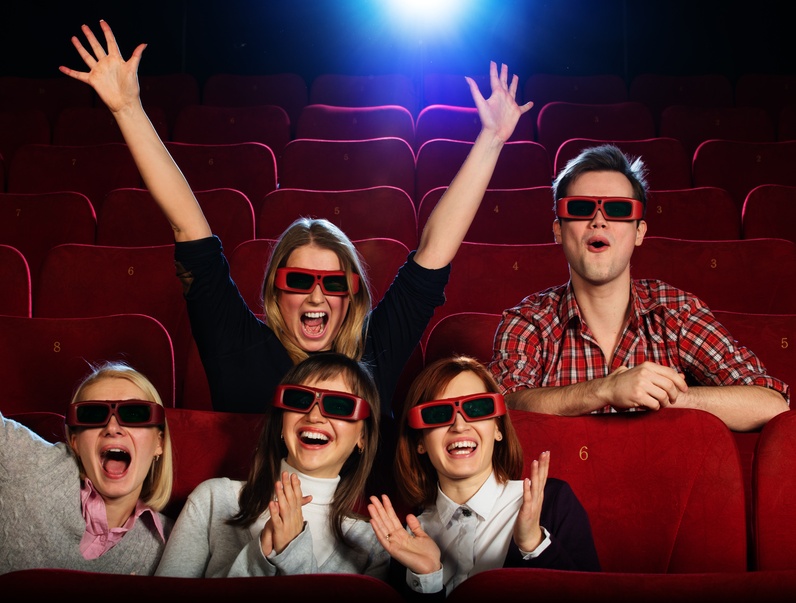About us
About us
The German Society for Stereoscopy was established in 1928 as a registered association, to spread and further knowledge of stereoscopy at large and of stereoscopic photography and presentation in particular. As stated in its statutes, to this end, DGS supports and encourages members in their efforts to gather stereoscopic knowledge and practical experience, whether as a hobby, or for scientific, commercial or other reasons.
To further its goals, DGS arranges national and international congresses and conventions. It also provides a collection of historical and modern stereoscopic devices as well as a large specialized library. DGS also co-operates with many foreign stereoscopic clubs.
Members (presently ca. 450) receive the stereo journal, a club-specific magazine with current information about all aspects of stereoscopy, stereoscopic photography and related subjects.
At the local level, Club life consists in regular meetings of ten regional groups, located in towns and cities from Hamburg to Munich. Additionally, there are two annual national meetings, the DGS Congress which is held in a different venue each year and the 3D Convention which always takes place in Hamm / Westphalia. On such occasions, members submit stereo material for large screen projection, exchange experiences and report on ideas and developments in and around stereoscopy. Once per year, DGS organizes trips to locations inside and outside Germany, which present interesting motives for stereoscopic photography.
Guests wishing to participate in these activities are welcome!
DGS considers itself to be a knowledge hub for all aspects of stereoscopic imaging and presentation: DGS members are comprised of specialists in a vast variety of subjects, starting from neurophysiological perception to technological methods such as micro-, macro-, infrared-, underwater- and time-lapse stereo photography. DGS members also have expertise in subjects such as the coupling and synchronization of cameras, multicopter stereo photography and stereo postproduction techniques, including 3D computer graphics (e.g. generation of fractals in stereo, 3D-modeling for virtual reality).
Our specialists disseminate their know-how in talks, presentations and seminars in order to further the knowledge and development of all aspects of stereoscopic imaging.










